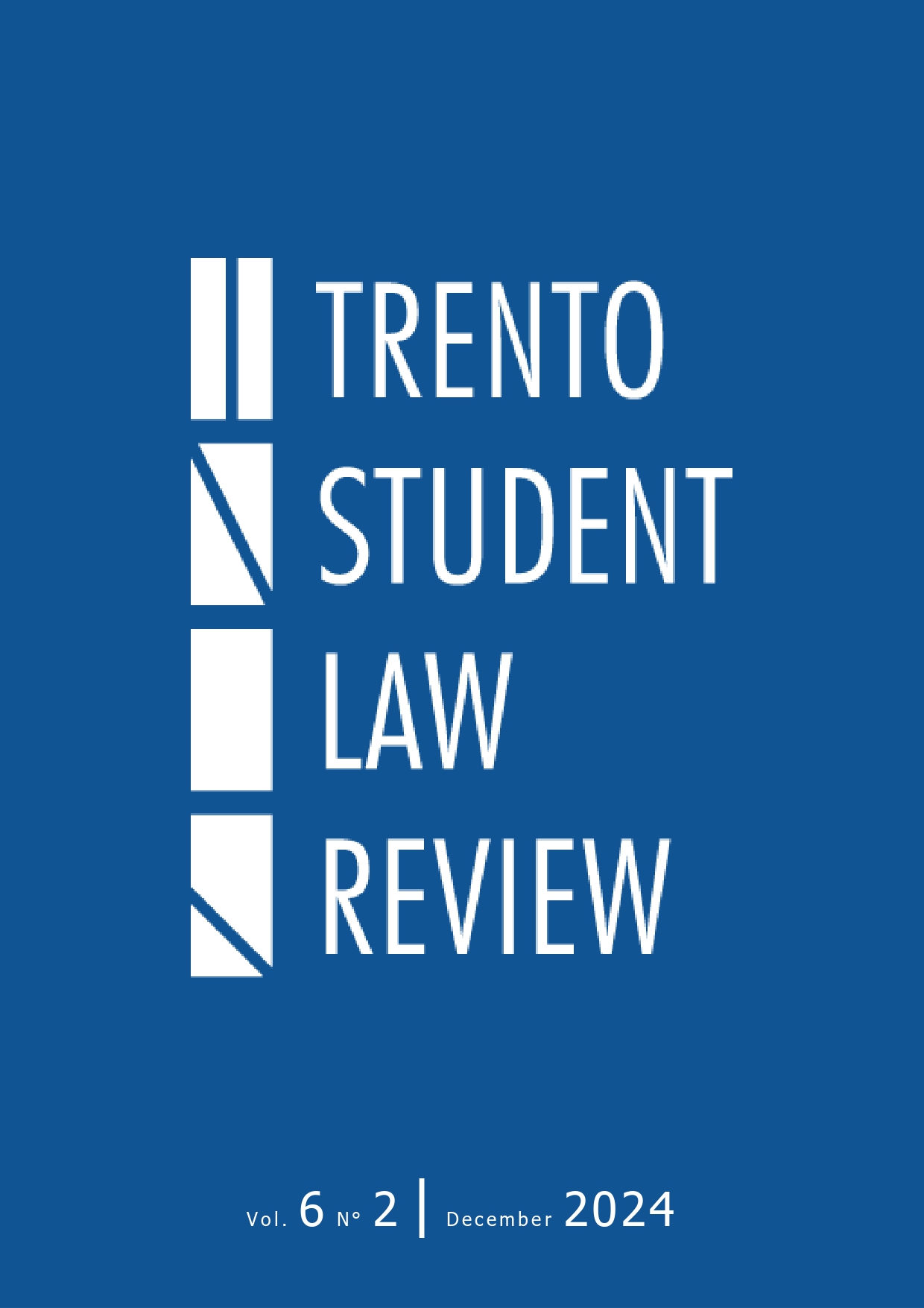Juveniles Neuronal Development and Criminal Justice
When Neurosciences meet Criminal Law
Keywords:
Criminal Law, Juveniles, Fairness of Judgment, Death Penalty, NeurosciencesAbstract
This paper delves into the deepest and most relevant intersections between juveniles brain development and Criminal Law. It aims to understand and analyze current neuroscientific revelations pertaining to brain development in young adults, and how these same findings have impacted jurisdictions and legislations’ ways of handling the sentencing of younger individuals. Furthermore this article supports its arguments mainly on the basis of the most current and detailed neuroscientific research, focusing on the neuronal changes interesting adolescents’ brains, particularly focusing on the process of myelination, and the effects on behavioral patterns, such as an increase in explorative conducts and a generally diminished perception of danger. Key judicial rulings, such as the ones held in Roper v. Simmons (543 U.S. 551, 2005), Atkins v. Virginia (536 U.S. 304, 2002), and Miller v. Alabama (567 U.S. 460, 2012) are then examined to demonstrate how the U.S. judicial system has started to recognize the objectively diminished culpability in minors. Finally, the paper illustrates potential Italian Criminal Law flaws on the grounds of youth culpability via a comparative approach, moreover taking into account recent successful legislative innovations.
Downloads
Published
How to Cite
Issue
Section
License
Copyright (c) 2025 Nicolò Cappuccitti

This work is licensed under a Creative Commons Attribution-NonCommercial-ShareAlike 4.0 International License.
The copyright on the texts published in the Trento Student Law Review remains with the respective owners. The journal allows authors to retain publishing rights without restrictions.
The Trento Student Law Review is distributed under a Creative Commons license Attribution - Noncommercial - Share-alike 4.0 International (CC BY-NC-SA 4.0).





